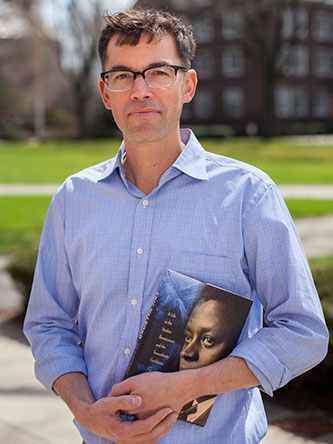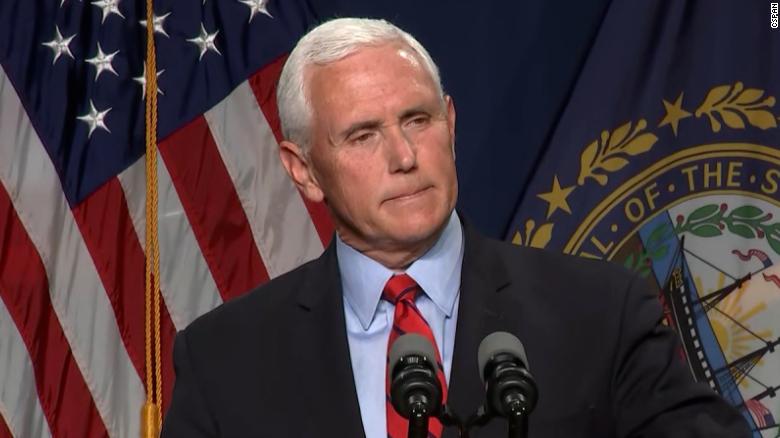
PSC President James Davis
Dear Commons Community,
James Davis, President of the CUNY Professional Staff Congress, sent a letter to the membership yesterday, reminding faculty that: “Whether you yourself prefer to teach in-person, remote, or hybrid, the point is that you and your department should make that determination, not CUNY central.” His letter is in response to CUNY Chancellor Matos’ directive to college presidents “encouraging them to attain 60 percent of all Fall course offerings be listed as either in person or hybrid and 40 percent listed as remote”
President Davis is right to remind the faculty of their prerogatives especially as we move out of the past seventeen months of the pandemic during which faculty governance was pushed aside at many of our colleges and universities.
His entire letter is below.
Tony
———————————————–
Dear Colleagues,
In the last week of May, Chancellor Matos reminded CUNY college presidents about a “flexible goal” that he was “encouraging” them to attain: that 60% of Fall 2021 course offerings at each college be listed as either in person or hybrid, and 40% listed as remote. “I think this goal is even more important now,” he continued, “given the recent announcement by the DOE that all NYC K-12 classes will be in-person next semester, the Governor’s announcement of mandatory vaccination for in-person classes at SUNY and CUNY, and the daily news about more institutions, businesses and agencies returning to ‘normal.’” The Chancellor also indicated that he had received “hundreds of emails from students” requesting more in-person classes.
Some college presidents interpreted the Chancellor’s encouragement as a directive, instructing Deans and department chairs to change course modalities to meet this target. Of course, it is easy to understand why. All of us are eager – faculty, staff, and students – to return to something like “normal,” and many of us who could not have envisioned a safe return to campus even a few months ago may now feel that it is possible and desirable. However, I’m writing to urge PSC members to work with their chapter and governance leaders to resist such unilateral directives from the administration. Changes to course modality should be a matter of department decision-making, not handed down by fiat. The Chancellor’s “flexible goal” should be treated as just that, and since some college Presidents are not complying in order to hit the arbitrary 60/40 target, it is clear that resistance in this case is not futile.
Changes across the board to teaching modality at this late date have implications for health and safety, faculty and staff workload, student expectations, and faculty governance.
Health & Safety
A cookie-cutter approach to teaching modality does not account for the different states of readiness for occupancy across the campuses or on any one campus. The Chancellor’s blanket expectation that each college offer 60% of courses either in-person or hybrid may be easily fulfilled at one campus without compromising the safety of the campus community, but not at others. Health and safety should determine the percentage of in-person + hybrid course offerings, not an arbitrary metric demanded across the board.
Workload
For some, changing teaching modality over the summer is a simple proposition: revert back to the in-person way of teaching one’s courses. But for others it is not that simple, particularly if a course originally developed to teach remotely is changed to hybrid or in-person. Modality changes are not just different methods of “delivering” the same content. In-person, remote, and hybrid are pedagogically distinct forms of instruction, requiring fundamentally different preparations by both faculty and staff. Contingent faculty are particularly vulnerable to pressure – overt or implied – to change teaching modality in order to retain an appointment.
Student Expectations
CUNY students have been registering for Fall 2021 since March. To be sure, as state and federal guidelines have changed, everyone’s expectations for what Fall semester could look like have also changed. But if the university administration continues to treat teaching modality as a fluid, open-ended matter, students will not have a fixed point of reference around which to organize their lives. It may well be, as the Chancellor says, that hundreds of students have contacted him to request additional in-person course offerings this Fall. But thousands of students have already registered for courses to be taught in a particular modality. They have other responsibilities to coordinate. While changes to modality this summer may be welcomed by some, they will be an inconvenience, if not a prohibitive obstacle, to others. If students clamor for more in-person courses and the university seeks to accommodate them, colleges should be encouraged to open additional in-person sections rather than change the modality of existing courses.
Faculty Governance
A dangerous precedent could be established if CUNY central is allowed unilaterally to set the balance of in-person, hybrid, and remote instruction. Recommended policies and practices for decision-making about teaching modality went out the window during the pandemic. Traditionally at CUNY, teaching modality has been handled within academic departments, the subject of a negotiation between department chairs and instructors about how best to accommodate the needs and interests of students and the skills of instructors. By driving nearly all instruction online in one fell swoop, the pandemic effectively removed these normative parameters, and the question now is how will they be restored. Will academic departments reclaim the authority that was relinquished during the pandemic to make decisions about teaching modality? Will these decisions be made solely on the basis of budgetary implications, or will pedagogical and workload considerations be taken into account?
These are the fronts on which the PSC is working to stabilize teaching modality in the face of CUNY’s pursuit of managerial flexibility. You can help by urging your college administration to resist the Chancellor’s “encouragement” to achieve an arbitrary benchmark for your Fall 2021 offerings. Whether you yourself prefer to teach in-person, remote, or hybrid, the point is that you and your department should make that determination, not CUNY central.
In solidarity,
James Davis
PSC-CUNY President









